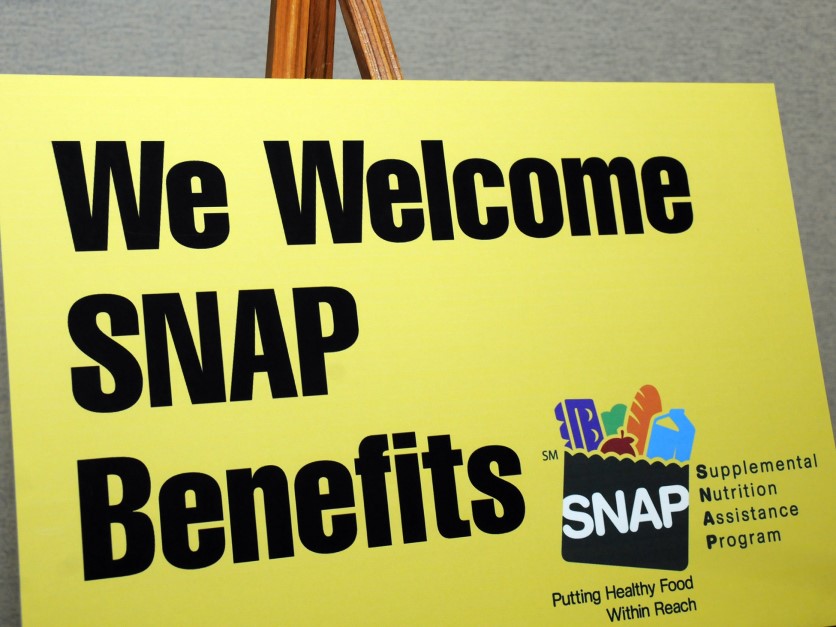There was a slight increase nationally in erroneous payments to Supplemental Nutrition Assistance Program recipients last year, despite strong calls from USDA and congressional leadership for states to take action.
Last year, SNAP recipients were overpaid at a national average rate of 10.03% and underpaid 1.64%, according to USDA’s Food and Nutrition Service. The payment errors are not "synonymous with fraud," FNS said, but instead reflect how accurately states, which administer SNAP benefits, determine eligibility and payment amounts.
The agency paused reporting the SNAP error rates during the COVID-19 pandemic, and saw a spike in error rates once it resumed reporting in 2022 in part due to challenges from the pandemic.
In 2019, the total national payment error rate was 7.36%. In 2022, it jumped to 11.54%, with 9.84% of recipients overpaid, and 1.7% underpaid.
“SNAP is a cornerstone of our nation’s safety net, and accurate benefits are crucial for families in need and for public trust,” Food and Nutrition Service Administrator Cindy Long said in a news release. “We cannot tolerate high error rates in a program that impacts millions of lives. States must take immediate action to improve the accuracy of SNAP payments — or they will face financial penalties.”
Following the 2022 rates, the four corners of congressional agriculture leadership, Sens. Debbie Stabenow, D-Mich., and John Boozman, R-Ark., and Reps. Glenn Thompson, R-Pa., and David Scott, D-Ga., issued a rare joint statement calling the rates “unacceptable.”
Thompson and Boozman repeated their concerns following the 2023 error rate release, and said states need to get a better handle on the program. Additionally, the lawmakers wrote that USDA needs to step up its oversight.
"While SNAP is a critical nutrition program for households in need, any level of erroneous payments is a misuse of taxpayer dollars,” Thompson and Boozman wrote. “We are far removed from the pandemic, and it should no longer be used as a crutch.”
Earlier this year, USDA Secretary Tom Vilsack also expressed concern over the erroneous payments, and called on governors to take immediate action in a letter.
It's easy to be "in the know" about agriculture news from coast to coast! Sign up for a FREE month of Agri-Pulse news. Simply click here.
FNS has offered onsite visits, virtual trainings, updated guidance and tools on effective practices in SNAP administration to states. The agency also has awarded technology grants to state agencies to improve SNAP application and eligibility determination systems.
States with high error rates this year will be required to send a corrective action plan addressing the causes. Those that performed poorly two years in a row are assessed a financial penalty that can be paid to USDA or invest 50% of the amount in improving the state’s SNAP administration. The remaining 50% of the penalty is held "at-risk for future payment to USDA" if the state’s error rates do not improve, FNS said.
“We are sending a clear message to all states: accuracy in SNAP is non-negotiable,” Long said in the release. “We expect state leadership at all levels to be fully engaged in this effort to improve.”
Alaska had the highest error rate of all the states, with 59.59% in over-payments and 0.78% in underpayments. Alaska, Oregon, Hawaii, Pennsylvania, Maryland, Delaware and D.C. are subject to a financial penalty given their performances last year and in 2022, a USDA spokesperson said.
New Jersey had the second-highest error rate at 35.7%, a sharp increase from 6.24% in 2022. The over-payment rate was 33.48%, the under-payment rate was 2.22%.
For more news, go to www.Agri-Pulse.com



